Welcome to the flooring dilemma. You’re probably here because you’re planning to install new flooring, but you’re torn between carpets and rugs. Well, you’re in the right place because, at Flooring Canada, we are passionate about helping people like you make informed decisions about their flooring needs.
Choosing between carpet vs rugs may seem like a simple decision, but the implications for your living space are anything but. The words "rug" and "carpet" are often used to describe soft surface floor coverings, and understanding their differences is essential for creating a cohesive and aesthetically pleasing space. In this flooring decision guide, we'll explore the discrepancies between each floor covering along with carpet and rug placement tips and upkeep requirements so that you can choose the perfect floors to fit your lifestyle.
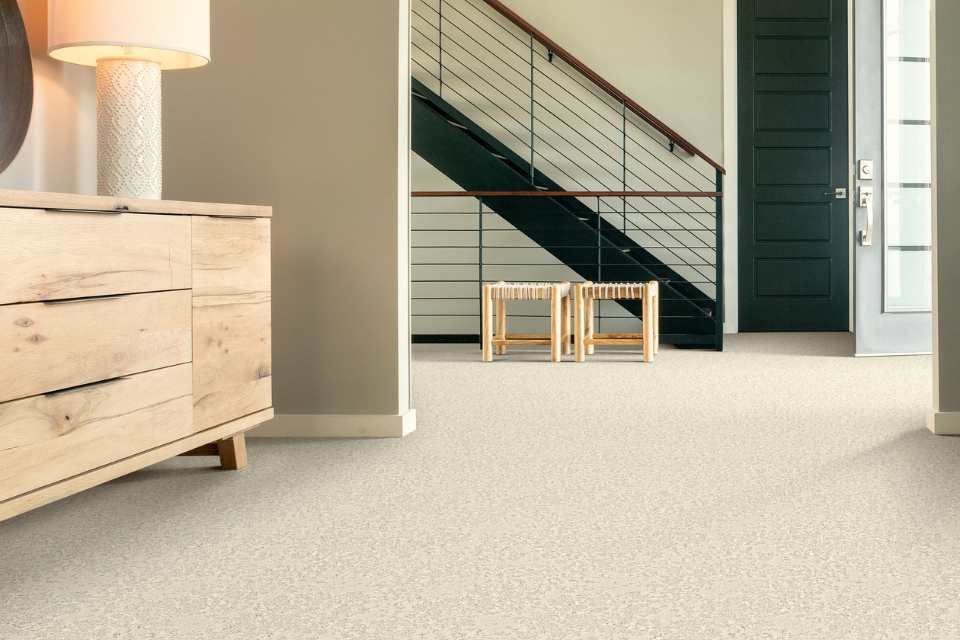
Carpets and rugs are both excellent choices, but they each have their unique attributes. Carpets generally take up the entire floor as they're installed wall to wall, providing a uniform look and feel. Rugs, on the other hand, are versatile and can be placed in selected spaces, offering more flexibility in design and style.
Carpets are known for bringing warmth, comfort, and insulation to any space. They come in a variety of styles, textures, and colours, allowing you to tailor your floor to suit your aesthetic desires and practical needs. They also contribute to noise reduction, making them a top pick for high-traffic areas or rooms where acoustics matter.
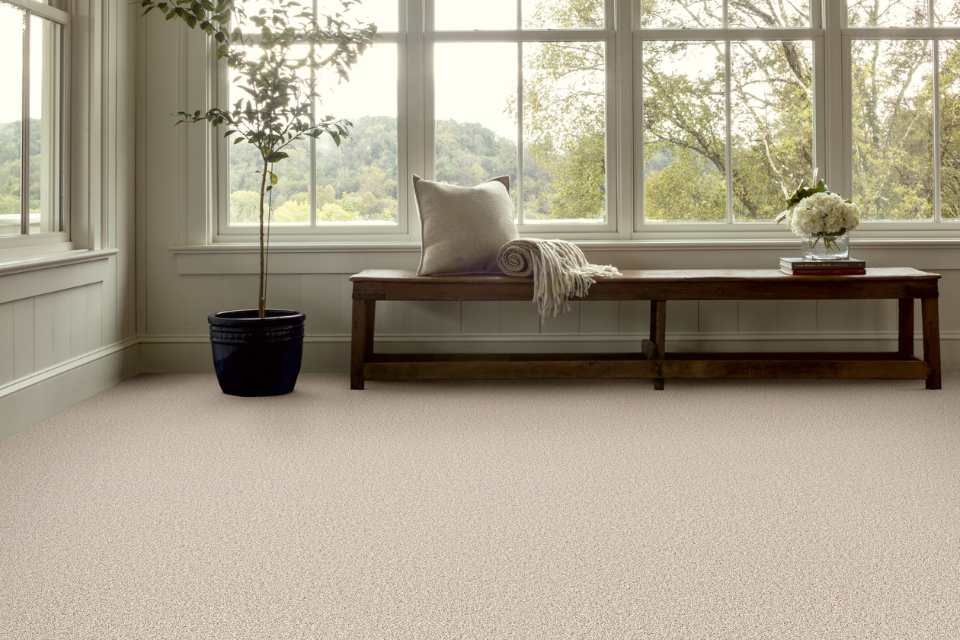
There are many carpet styles and varieties and they're available in several pile heights. High pile carpet, which is typically longer and more shaggy, is often found in plush fibers such as Saxony, creating a luxurious feel underfoot. Medium pile carpet has a balanced height that offers comfort while being easier to maintain. Low pile carpet, with its short and tight fibers, is highly durable and ideal for high-traffic areas.
Carpets also come in several tuft types: cut pile carpet and loop pile carpet. Traditional cut pile carpets provide a soft, inviting texture, while loop pile carpet offers a more durable and textured appearance, perfect for adding visual interest and resilience.
Rugs offer unmatched versatility. They come in many styles, sizes, and shapes, and they can be moved, replaced, or layered much easier than carpets. Rugs can be used to add colour, patterns, or texture to a room, and they can be swapped out seasonally or according to your mood.
Understanding different rug types and placement is crucial for enhancing your home's decor. For instance, area rugs are ideal for defining spaces in open floor plans, while runner rugs work perfectly in hallways and narrow spaces. Choosing the right size for a rug is also essential to ensure it complements your room's dimensions and furniture layout. A properly sized rug can anchor your furniture, create cohesion in your design, and add warmth and comfort underfoot.
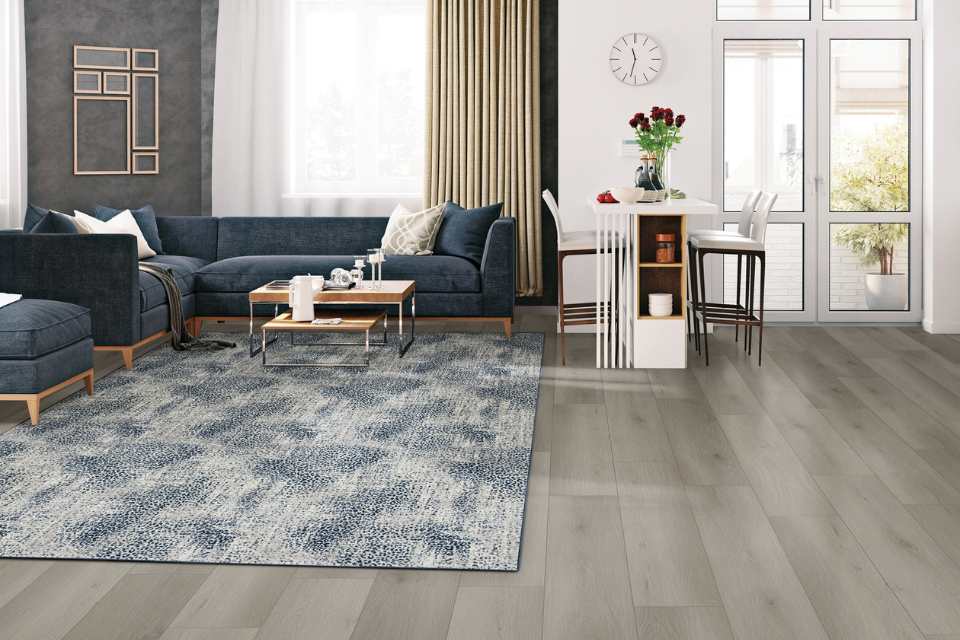
Choosing between carpets and rugs isn’t just about looks. Room size considerations are crucial to your decision-making process. Think about the size and function of the room, the design and aesthetics of your space, and your budget. Certain types of rooms are better suited to either carpets or rugs, and each one brings a different look and feel to your home.
Overall, carpets provide a versatile, comfortable, and aesthetically pleasing flooring option for various rooms in your home. Benefits include:
Comfort and insulation for ultimate softness underfoot.
Noise reduction with carpets makes them a great choice for family rooms, bedrooms, and offices.
A broad range of options in terms of colour, texture, and pattern allows you to match them seamlessly with your interior décor.
Easy to keep clean—simply vacuum regularly to remove dust and allergens and occasionally deep clean to keep your carpet looking fresh and extend its lifespan.
Improved safety by providing a non-slip surface and a cushioned landing for falls, makes carpeting ideal for homes with young children or elderly residents.
Contribute to better indoor air quality by trapping dust particles and allergens, preventing them from becoming airborne.
Rugs are not just stylish flooring choices, but also practical in their benefits. Rugs tend to bring versatility and flexibility to your space. You can move them around, swap them out, or layer them for a unique look. Other advantages to rugs include:
Ease of Maintenance: Their maintenance is easier compared to carpets, making them a practical choice for busy households.
Comfort and warmth: They add a layer of comfort and warmth, making hard flooring like tile or hardwood more cozy and inviting.
Floor protection: They protect underlying flooring from scratches, spills, and wear, prolonging the life of your hardwood or tile floors.
Budget-Friendly: Rugs are budget-friendly flooring options, making them an affordable way to enhance your home’s decor.
Ease of replacement: Unlike wall-to-wall carpeting, rugs can be easily replaced when they become worn or when you want to update your decor.
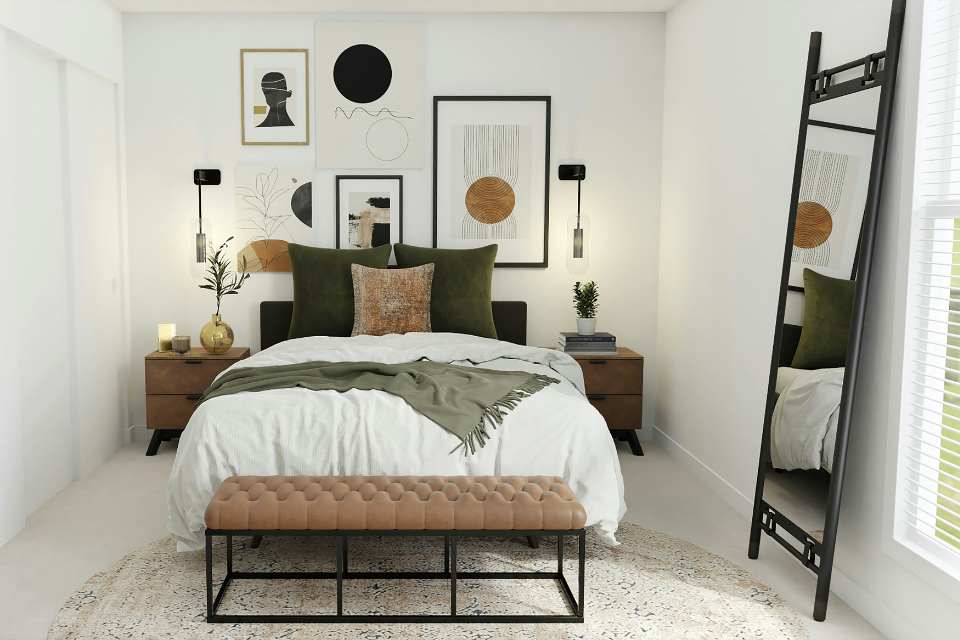
Deciding between carpets and rugs should involve room-by-room considerations. Some rooms might be better off with the warmth and quiet of carpeting, while others might benefit from the versatility and easy maintenance of rugs. Thankfully, you don't always have to choose—carpet and rug combinations can create a harmonious balance of both worlds in your home, enhancing aesthetics and design in flooring.
If you're still undecided, you can always order flooring samples directly to your home to explore various options. Plus, you can even see what different floors will look like in your space when you use our online Floor Visualizer tool.
To help make your decision easier, we’ve compiled a list of ways to effectively use both carpets and rugs in your home:
Layering in the living room: Place an area rug on top of a carpet in your living room to add depth and dimension.
Defining spaces in the dining area: Use area rugs over wall-to-wall carpet to define your dining table and set it apart from the larger dining room.
Creating textural contrast in the family room: Pair a soft, plush area rug with a low-pile or Berber carpet to create a pleasing contrast in texture.
Enhancing comfort underfoot in the bedroom: Add an extra layer of softness and comfort with a thick area rug on top of a carpet, especially in areas of the bedroom where you frequently walk or stand.
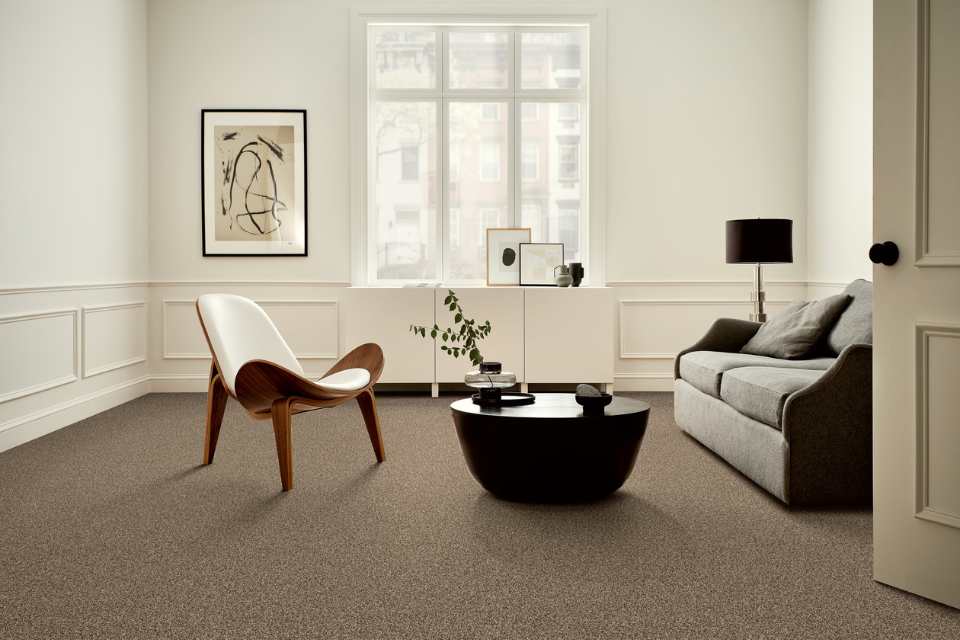
Perhaps the most important point to remember when considering carpets vs rugs, is that it's essential to evaluate each option based on your specific needs and preferences. No matter which one you choose, you're making a decision that impacts the style, comfort, and functionality of your space. But don't fret too much because, with the help of the experts at Flooring Canada, you'll be on your way to selecting the best flooring for your home in no time!
After reading this guide, we hope you're feeling empowered and informed about your flooring decision. Ready to take the next step? Shop our catalog or call or visit your local Flooring Canada showroom and get a free pre-measure today.
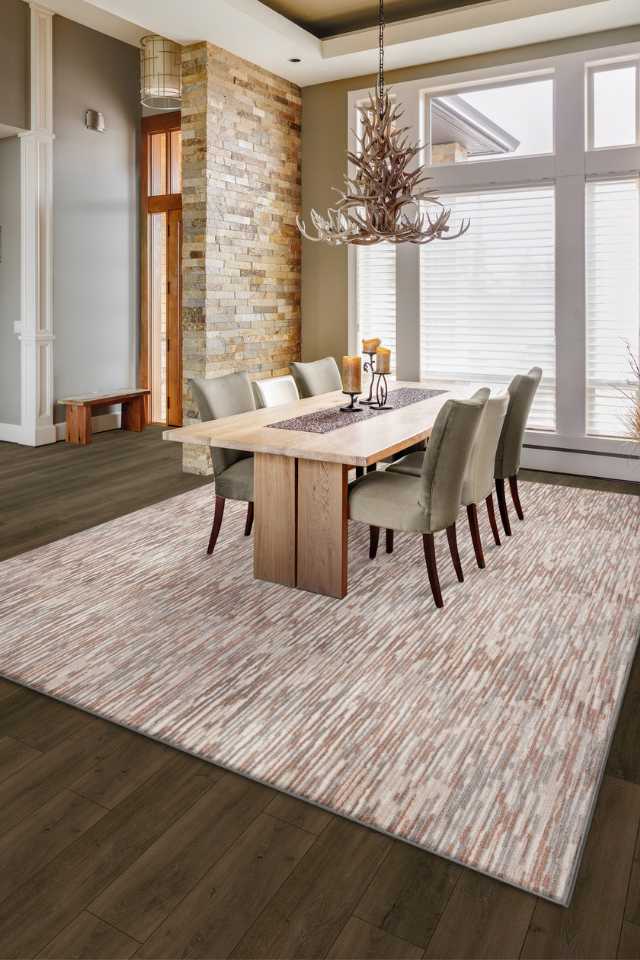
If you find yourself with more questions, explore this section of commonly asked carpet and area rug questions.
Can I put a rug on top of carpet?
Yes, you can absolutely put a rug on top of the carpet! By layering rugs over carpeting, you can add visual interest, define spaces, and introduce additional texture and colour to your room. Whether you want to anchor furniture, create a focal point, or simply add a cozy touch to your space, carpet-rug combinations provide endless opportunities for customization and personalization.
Are carpets or rugs easier to clean and maintain?
Carpet and rug maintenance routines are fairly similar; however, on average, rugs are easier to clean. Carpets, being fixed to the floor, often require professional cleaning for deep maintenance. Area rugs offer greater ease of cleaning since they can be easily removed for spot cleaning, vacuuming, or even taken outside for a more thorough cleaning. This area rug versatility and maintenance make them a practical choice for busy households or those looking for easy cleaning solutions.
How do I choose the right size for a rug?
While rugs make for cozy living space options, finding that perfect size isn't always easy. To choose the right size for a rug, start by considering the dimensions of your room and the layout of your furniture. A general rule of thumb is to leave around 18 inches of bare floor space around the edges of the rug to create a balanced and visually appealing look.
In living rooms, select a rug that accommodates all the furniture in the seating area, with at least the front legs of the furniture resting on the rug. For dining rooms, choose a rug that extends beyond the edges of the table to allow chairs to slide in and out comfortably. In bedrooms, opt for a rug that extends at least 18 inches beyond the sides of the bed to create a soft landing spot for your feet when getting out of bed in the morning.
Do rugs provide the same level of insulation as carpets?
Although rugs can offer some level of insulation, wall-to-wall carpeting holds more heat than area rugs, especially rugs on hardwood flooring. This is due to the carpet's larger surface area and greater thickness. While both carpets and area rugs offer insulation benefits, carpets provide a more significant barrier against heat loss because of their extensive coverage. Additionally, carpets are often installed with padding underneath, further enhancing their insulating properties and heat retention capabilities. This makes carpets a preferred choice for homeowners looking to maximize warmth and comfort in their living spaces, especially during colder months.